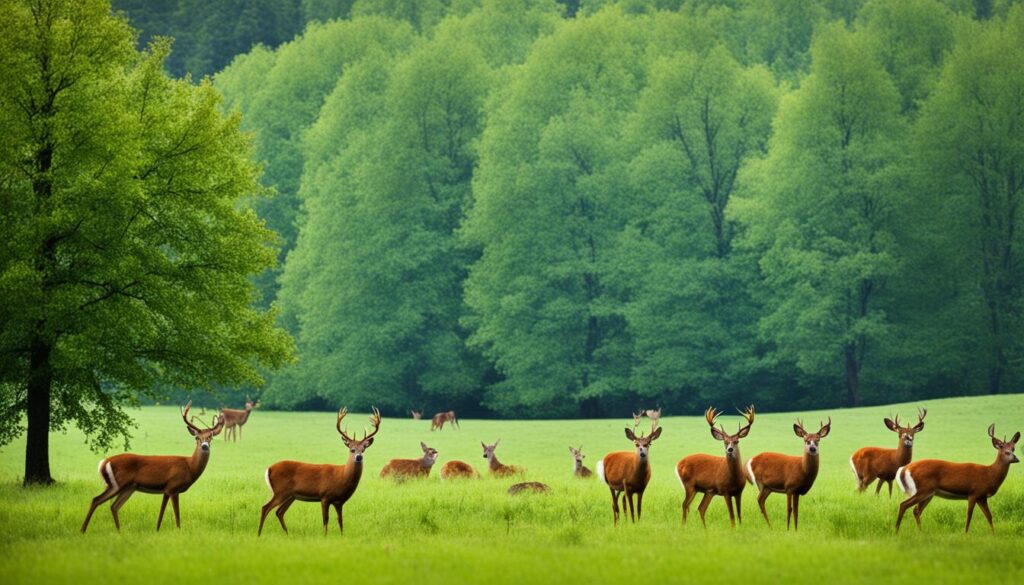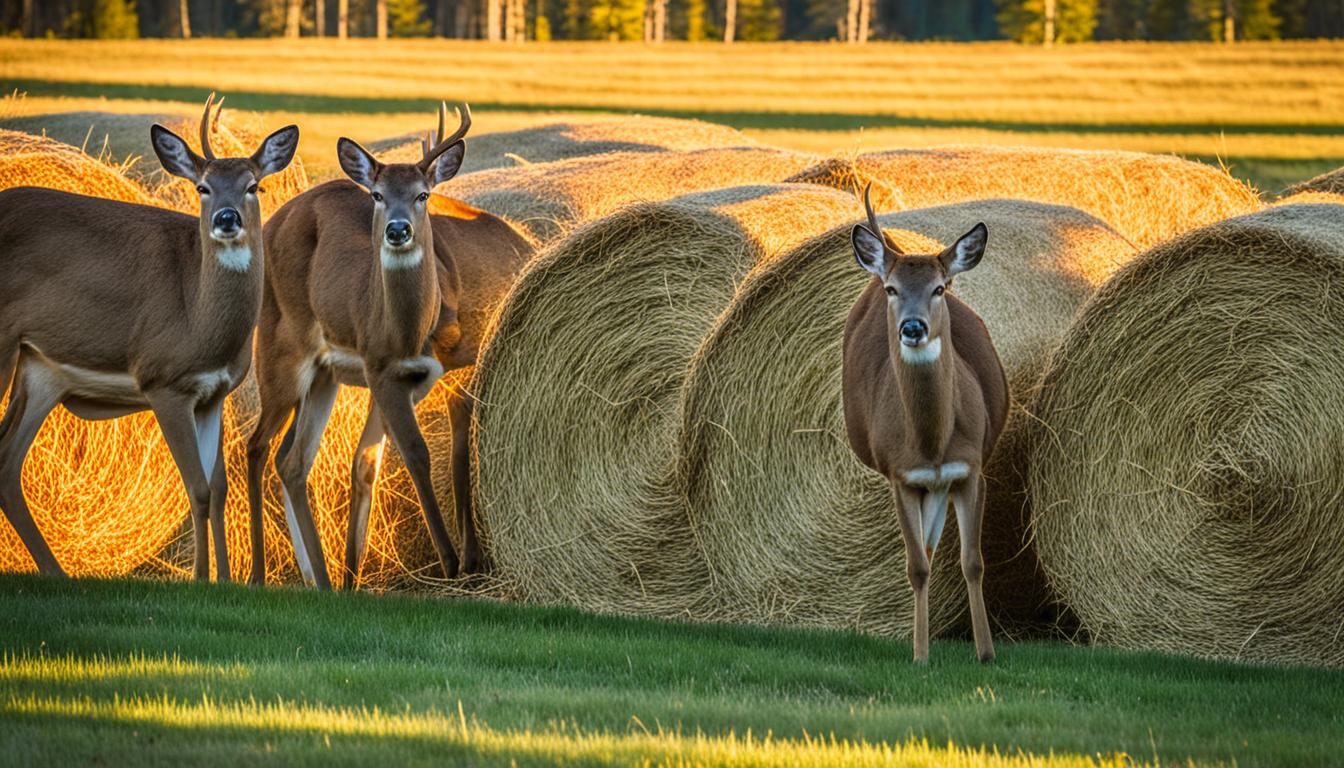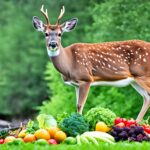Deer are fascinating creatures with unique foraging habits and specific nutritional needs. If you’ve ever wondered whether deer eat hay or what their diet preferences are, this article aims to provide you with a comprehensive understanding.
Feeding deer hay is not as straightforward as you might think. According to the Oregon Department of Fish and Wildlife, introducing hay abruptly into a deer’s diet can lead to starvation. Deer that are not accustomed to hay may lack the necessary bacteria in their digestive system to properly break it down, resulting in potential death by starvation. However, by gradually introducing hay over time, deer can develop the necessary bacteria to digest it.
While deer may eat hay during the winter season when their preferred forage is scarce, it should never be their sole source of nutrition. Deer have a diverse diet that includes acorns, browse, and dry leaves. It is important to consider the timing and introduction of hay into their diet for their overall health and survival.
Content Highlights
ToggleKey Takeaways:
- Deer can eat hay, but it should be introduced gradually to prevent starvation.
- Hay should never be the sole source of nutrition for deer.
- Deer have a diverse diet that includes acorns, browse, and dry leaves.
- Consider the timing and introduction of hay into a deer’s diet for their overall health and survival.
The Nutritional Requirements of Deer Throughout the Seasons
Deer have different nutritional requirements depending on the season. Understanding these requirements is essential for maintaining their health and ensuring their survival in the wild. Here’s a closer look at the nutritional needs of deer throughout the year:
Spring
In the spring, bucks have specific nutritional needs after the rut. They require protein to recover and grow new antlers. Does also have unique dietary requirements during this time as they prepare their bodies for nursing and support the growth of the fetus. Fawns, on the other hand, rely predominantly on nursing for their nutritional needs.
Summer
During the summer, bucks continue to focus on antler growth, does nurse their fawns, and fawns require a high-protein diet for proper muscle development. The availability of nutritious forage, such as grasses and browse, plays a crucial role in meeting these dietary needs.
Fall
In the fall, deer shift their focus to increasing fat stores. The accumulation of fat is essential for energy during the upcoming rut and winter months. Whitetail deer require carbohydrates and fats to sustain their energy levels. They obtain these nutrients from various sources, including acorns, hard and soft mast, grass, and mushrooms/lichens.
Browse and forbs are the primary sources of nutrition for deer throughout the year. However, mast, which includes nuts and fruits from trees and shrubs, becomes a significant component of their diet during the autumn season.
Seasonal Nutritional Requirements of Deer
| Season | Nutritional Requirements | Main Food Sources |
|---|---|---|
| Spring | Protein for antler growth and fetal development | Grasses, browse |
| Summer | Protein for antler growth and muscle development | Grasses, browse |
| Fall | Fat for energy during rut and winter | Acorns, mast, grass, mushrooms/lichens |

Understanding the nutritional requirements of deer throughout the seasons is crucial for managing their habitat and ensuring their overall well-being. By providing the appropriate forage and supplementing their diet when necessary, we can support healthy deer populations and help them thrive in their natural environment.
Conclusion
Understanding the diet needs of deer is crucial for their overall health and survival. While deer can eat hay, it is important to introduce it gradually into their diet to allow them to develop the necessary bacteria for digestion. Feeding deer hay without prior acclimatization can lead to starvation.
Deer have different nutritional requirements throughout the seasons, and their diet changes based on the availability of forage and their metabolic needs. Browse, forbs, and mast are the primary food sources for deer, along with agricultural crops when available.
Providing a well-rounded diet and considering the specific needs of bucks, does, and fawns can help ensure the optimal health and development of a deer herd. By understanding the deer diet and nutrition needs, wildlife enthusiasts and landowners can make informed decisions about feeding deer, ultimately contributing to the well-being of these remarkable creatures.
- California Deer Hunting Guide: Seasons, Rules, Permits, and More - 26 June 2024
- Arkansas Deer Season 2024 [Schedules, Licenses, Bag Limits & More!] - 26 June 2024
- 2024 Arizona Deer Season New Dates & Rules! - 25 June 2024




